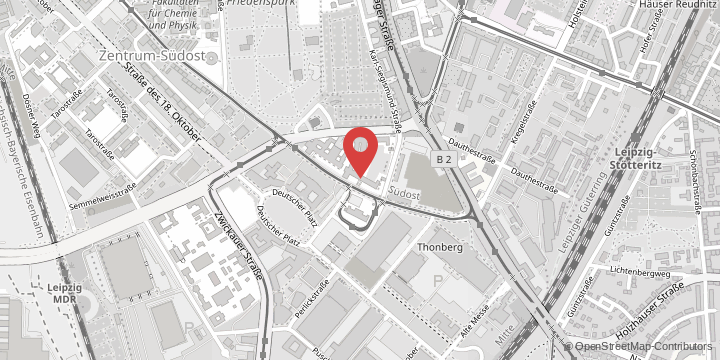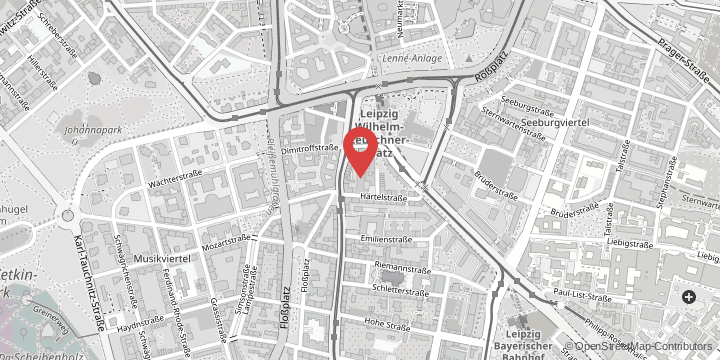At the end of the expedition, which cost around 140 million euros, the Alfred Wegener Institute, Helmholtz Centre for Polar and Marine Research (AWI), came to a positive conclusion: despite all the unforeseeable difficulties, it had succeeded in advancing knowledge about the Earth’s climate system and its changes by a decisive step.
Two measurement programmes involving Leipzig researchers that are central to research into the Arctic atmosphere were able to be carried out in full despite weather extremes and the coronavirus pandemic: a multi-wavelength lidar scanned the air layers above Polarstern during the entire expedition. over 369 days, 640 million laser pulses went into the sky and 112 gigabytes of data were collected. In July, the MOSAiC atmosphere team was able to measure the lowest air layer above the melting ice floe with a captive balloon. Within a tight time window, 33 balloon ascents were achieved, during which a total of 31,725 metres of rope were unwound and rewound. The balloon measurements by TROPOS and Leipzig University are particularly important for understanding the polar atmosphere during the melting phase, because the measurements originally planned in parallel with aircraft from Spitsbergen had to be postponed until autumn due to the coronavirus pandemic.
“We are pleased that the ambitious plans have essentially been realised despite all the difficulties. A highlight are definitely the insights into the troposphere at the North Pole during the winter with our lidar. Before MOSAiC, nobody has ever been able to observe it so far north during the polar night,” says Professor Andreas Macke, Director of TROPOS. The evaluation of the data is still in full swing, but there are indications that the same applies to the atmosphere as to the ice on the ground: “There are many indications that the atmosphere of the Arctic has already changed significantly. We have seen more smoke than expected. The huge forest fires are apparently affecting the polar regions. Even these once pristine areas seem to have reached the ‘Pyrocene’. However, it will take months before concrete results are available, during which the data will have to be examined, analysed and discussed before they can finally be published.
In September 2020, the German research aircraft Polar 5 and Polar 6 of the AWI were the first foreign aircraft to take off from the airport Longyearbyen for several measurement flights from Spitsbergen to the Central Arctic to study the atmosphere in the context of MOSAiC since the coronavirus lockdown: “With the extensive measurements on radiation and particles, we want to find out how clouds in the Arctic affect warming on the ground. In recent years, the Arctic has warmed up more than any other region on earth. The feedback mechanisms involved are very complex and not yet sufficiently understood. This knowledge is essential, however, if climate models are to be able to estimate how quickly the climate there will change, even for the region around the North Pole,” explains Professor Manfred Wendisch from Leipzig University, who is also the spokesman for the DFG Collaborative Research Centre on Arctic Amplification.
The network includes the universities in Bremen, Cologne and Leipzig as well as the AWI in Bremerhaven and TROPOS in Leipzig. The aim of the research network is to observe the dramatic climate change in the Arctic using various methods in order to improve the reliability of models and enable more accurate predictions of further warming in the Arctic. The MOSAiC expedition will make a significant contribution to this and will be intensively evaluated by the alliance partners in the coming months.
“I’m very pleased with how the MOSAiC expedition progressed, and what a complete success it has been. Through the expedition, we can provide the climate data and observations that humanity so urgently needs in order to make fundamental and pressing political decisions on climate protection,” said Professor Markus Rex, expedition leader and head of the MOSAiC project, Alfred Wegener Institute, Helmholtz Centre for Polar and Marine Research (AWI). “We’ve seen how the Arctic ice is dying. In the summer, even at the North Pole, it was characterised by extensive melting and erosion. If we don’t make immediate and sweeping efforts to combat climate warming, we’ll soon see ice-free Arctic summers, which will have incalculable repercussions for our own weather and climate. Though today the Central Arctic remains a fascinating, frozen landscape in winter, the ice is only half as thick as it was 40 years ago, and the winter temperatures we encountered were nearly always ten degrees warmer than what Fridtjof Nansen experienced on his ground-breaking Arctic expedition over 125 years ago.”
On 20 September 2019 Polarstern departed from the Norwegian port of Tromsø, bound for the Central Arctic, the epicentre of climate change. Once there, the ship allowed itself to become trapped in the ice, and began a year-long drift across the North Pole, completely at the mercy of natural forces – the route and speed were solely determined by the ice drift, powered by wind and currents.
Over the five cruise legs of the expedition, a total of 442 researchers, Polarstern crew members, young investigators, teachers and members of the press took part. Seven ships, several aircraft and more than 80 institutions from 20 countries were involved. The researchers, who hailed from 37 countries, had a common goal: to investigate complex interactions in the climate system between the atmosphere, ice and ocean, so as to better represent them in climate models. They also explored life in the Central Arctic for an entire year. Now they have returned home with a wealth of impressions from the rapidly transforming Arctic, and with an unparalleled treasure trove of data, which an entire generation of climate researchers will focus on analysing.
From Leipzig’s perspective, the next major measurement campaign in the Arctic will be the HALO (AC)³ mission with the German research aircraft HALO and Polar 6 in spring 2022. The tethered balloon BELUGA, on the other hand, will already return to the Arctic skies in late summer 2021 – if pandemic conditions permit. This time, however, from solid ground in the research village Ny-Ålesund on Spitsbergen.






























































